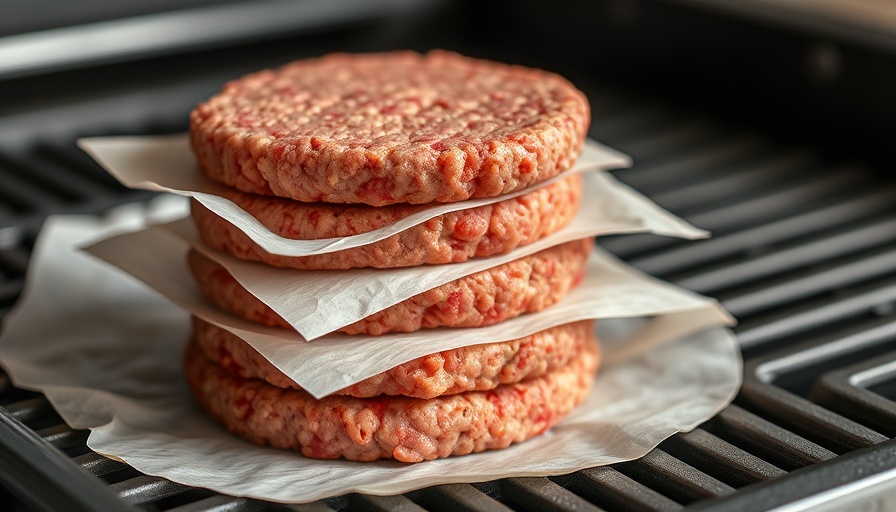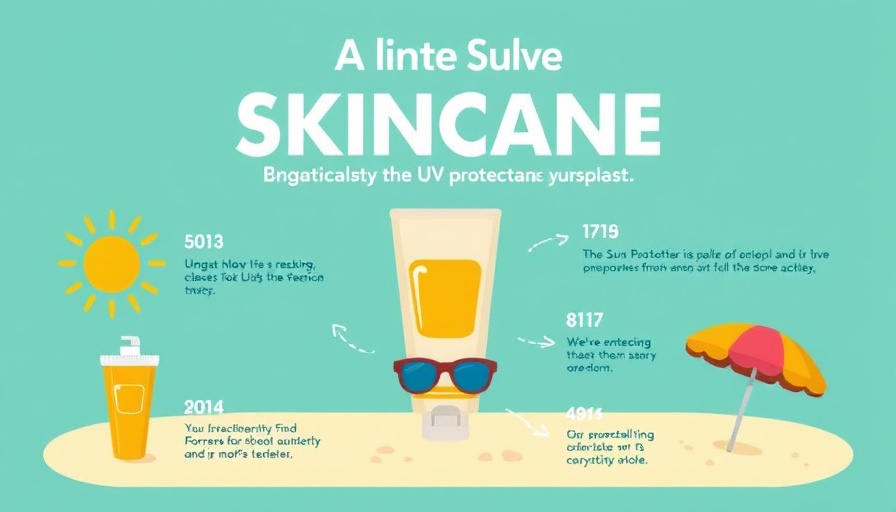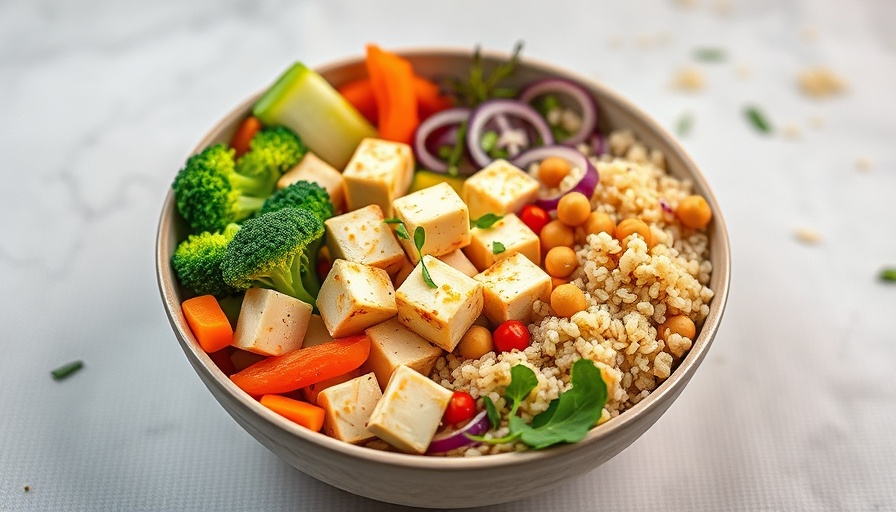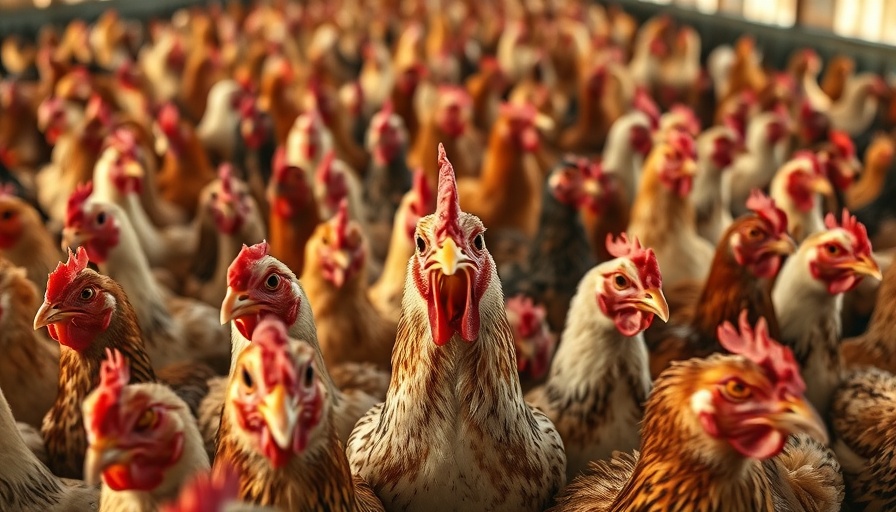
The Risks of Heme Iron: Understanding the Possible Dangers
As nutrition research evolves, questions about heme iron—the form of iron found in meat—continue to spark debates. When we think about iron, we often associate it with energy and vitality, but is the source of that iron as important as its benefits? Laboratory models have indicated that extremely high doses of heme iron could be detrimental, leading researchers to inquire about the effects of normal dietary intake, especially in relation to cancer risks.
How Heme Iron Is Consumed
Heme iron is primarily derived from animal products and is absorbed by our bodies far more efficiently than non-heme iron, which comes from plant sources. This raises crucial questions about dietary balance. For instance, while plant-based diets are on the rise, many still enjoy traditional meat offerings rich in heme iron, which might be surprisingly tasty but potentially harmful over time. Just look at popular meat substitutes like the Impossible Burger, which mimics the taste of beef by including soybean-derived heme iron. Are we trading one risk for another?
Meat Consumption and Cancer Links
The relationship between meat and cancer is quite established. Processed meats like bacon and sausages fall into the highest risk category, pointing to substantial concerns about their long-term health effects. The International Agency for Research on Cancer (IARC) has classified these foods as Group 1 carcinogens, which is akin to the risk posed by smoking. But what's the specific role of heme iron in all this?
How Heme Iron May Contribute to Cancer
Research indicates that heme iron can create harmful compounds during digestion that may increase cancer risks. One pathway involves heterocyclic aromatic amines (HAAs), which can damage DNA and are produced when meats are cooked at high temperatures. Additionally, studies suggest heme iron—from the consumption of red and processed meat—forces biochemical changes in our gut, potentially leading to conditions like colorectal cancer.
Evidence and Arguments: What's the Consensus?
While the link between heme iron and cancer is supported by some authoritative bodies like the American Institute for Cancer Research, they often note the limitations in evidence. Much of what we know comes from animal studies, where the dosage is much greater than what humans would commonly consume. For example, animal models may consume the equivalent of 40,000 pounds of meat daily—far from realistic for a person!
Alternative Perspectives
Experts advise that moderation is key when it comes to red and processed meats. While it's clear there are risks associated with excessive heme iron consumption, embracing a balanced diet filled with diverse nutrients from both animal and plant sources can mitigate these risks. Incorporating more plant-based proteins might help in achieving a healthier dietary balance.
Inspiring Choices for a Healthier Lifestyle
To promote better wellness, consider shifting towards diets rich in whole foods, fruits, vegetables, whole grains, and legumes. Not only can this reduce the potential risks associated with heme iron, but it also introduces delicious flavors and nutritional benefits that encourage a vibrant lifestyle. Local farmers' markets and health-conscious cafes are excellent places to find fresh produce and engage with community members who share similar health goals.
Take Charge of Your Nutrition Journey
Understanding the impacts of heme iron and dietary choices empowers you to make informed decisions about your health. With caution and awareness surrounding what we eat, we all can lead vibrant, active lives, free from unnecessary health risks. Explore community events focused on nutrition and physical health, and connect with others on this journey. It's about enjoying life while still honoring our health!
Conclusion: Balance is Key!
There’s no doubt that dietary habits play a vital role in our overall health. Whether the heme iron from your meal comes from a steak or a plant-based burger, knowledge is power. So, let’s embrace a balanced lifestyle that embodies not just what we eat but also how we approach health and nutrition as part of a communal journey.
 Add Row
Add Row  Add
Add 




 Add Row
Add Row  Add
Add 

Write A Comment